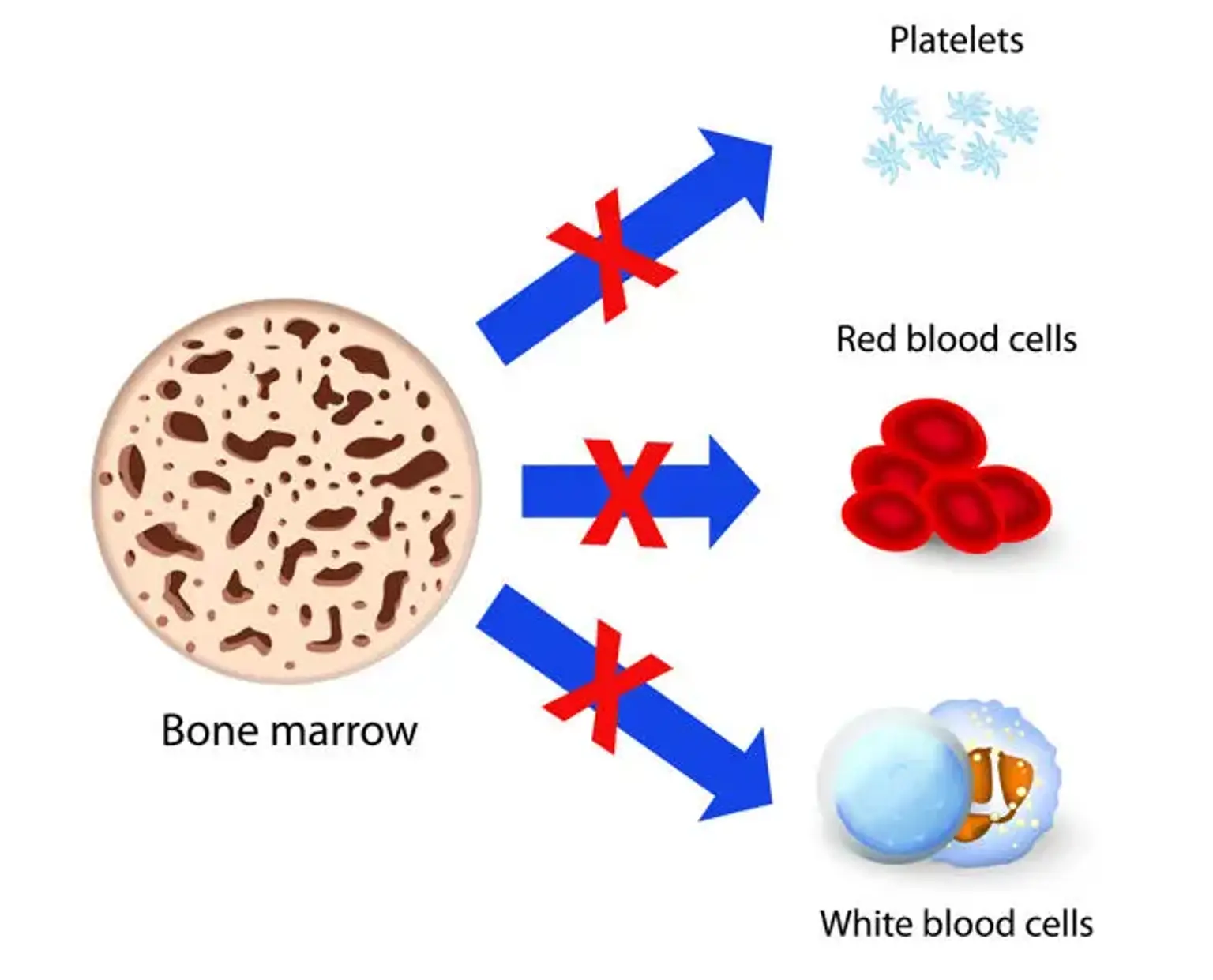Aplastic Anemia
Aplastic anemia is a medical condition in which the body does not produce sufficient new blood cells. It causes fatigue and makes you more susceptible to infections as well as bleeding that is out of control.
Aplastic anemia is a rare but serious and life-threatening disorder caused by an unexplained bone marrow failure to produce blood cells. Damage to the stem cells or certain environmental factors can cause the production of bone marrow cells to fail. As a result, one develops aplastic anemia.
Moreover, aplastic anemia can strike at any age. It can happen suddenly or gradually and tend to worsen with time. It can also range from mild to serious.
